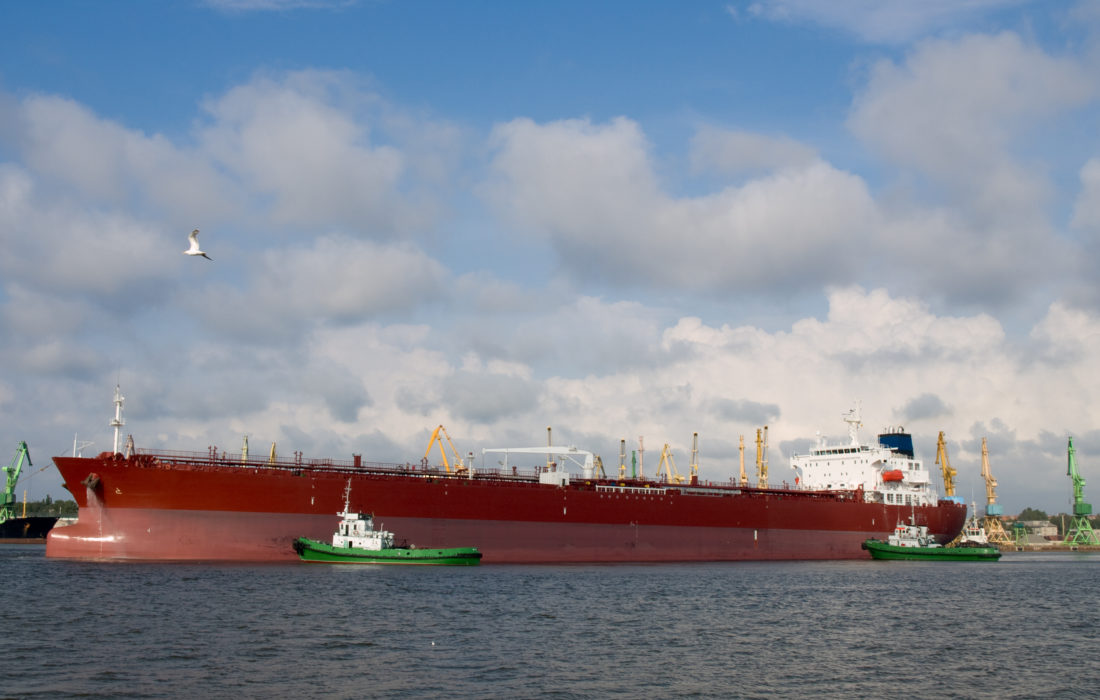
Positive outlook, but some choppy waters ahead and a need for streamlined operations
Brighter skies ahead…
Over the last three years or so, the weakness in the tanker market has clearly manifested itself as a downward trend. However, some analysts believe brighter skies are ahead and this may finally reverse over the course of 2019 and through 2020.
Overcapacity in the product and crude tanker markets is one of the key issues. However, this was symptomatic rather than the root cause; the overcapacity situation was down to too many vessels in a market where demand had shrunk.
Although overcapacity is a structural problem, a market recovery is predicted, a view supported by maritime forecasting and strategic advisory firm MSI. Over the 2019-20 period the problem of overcapacity is set to unwind as adjustments to programs of scrappage and new buildings take effect.
However, it’s not all plain sailing. There are still some choppy waters to navigate. A couple of other key issues are playing into the trend for tanker market consolidation and the need to optimize operating efficiency.
Geopolitical pressures
The tanker market is something of a hostage to fortune when it comes to global politics. The re-imposition of sanctions against Iran by the US government is one example of volatility in the operating environment. Lower volumes of crude exports from the Persian Gulf may see more refining in the region, but the products will still have to be moved on.
The tension between the US and China is also creating some uncertainty. Some China importers had suspended US crude imports temporarily. While this has eased recently, the potential for further disruption remains. In the event of an all-out US-China trade war, the flow of crude oil would be seriously affected. Whether crude or refined product, normal tanker activity is likely to be impacted.
2020 sulfur cap
More than 70,000 ships will be affected by the upcoming global 0.50% sulfur cap regulation, which comes into force in 2020. Stricter limits on sulfur (SOx) emissions are already in place in Emission Control Areas (ECAs) in Europe and the Americas, (0.1%), and new control areas are being established in ports and coastal areas in China.
Ship owners are pursuing a number of approaches that will enable them to meet compliance. There are four main options:
1. Change over to marine gas oil (MGO) or a derivative and discontinuing use of high-sulfur fuel oil (HSFO)
2. Switch to very-low-sulfur fuel oil or compliant fuel blends which are rated at 0.50% sulfur
3. Modifying vessels to use alternative sulfur-free fuels such as Liquid Natural Gas (LNG)
4. Modifying vessels by installing scrubbers to clean exhaust gas, enabling ships to carry on using HSFO
There is some supply-side speculation and uncertainty attached to this, mostly from the perspective of the availability of the different fuel types. Refiners are not going to produce stockpiles of each type when there is no clear indication of what the demand for each one is going to be.
Prepare to maximize in the tanker market recovery with Q88VMS
Bunkers are the largest component of the operating budget. Regardless of what fuel type is loaded, owners and operators need to make sure fuel estimates for charters are as accurate as possible. Part of this is making sure fuel loaded in different ports and at different prices is correctly factored in to your calculations.
Q88VMS cloud-based software is highly effective at increasing the efficiency of tanker operations and it is being widely used to streamline operations. It gives you the ability to look back in time and to use the analytics of previous bunkering to let you run multiple scenarios for up and coming voyages. Armed with this intelligence, you see how to save time and money.
Q88VMS is the fastest-growing voyage management system on the market. It’s helping leading tanker operators to maximize operational efficiency and boost profitability, to outperform industry averages across entire fleets.
Q88VMS provides the decision support information that informs on how much money you can make (or lose!) on every voyage.
Q88VMS:
- Speeds up your ability to quote accurately – complete in minutes what takes hours to do manually
- Allows you to get complex calculations right – consistently control margins and PnL
- Gives you certainty over fuel costs – achieve greater accuracy in fuel cost estimation
The tools you need to win more deals and be competitive
Q88VMS is a modular system that centralizes your data in the cloud and wraps it with a comprehensive set of tools, enabling you to do a better job of running your tanker fleet:
Open Positions – Overview of cargo discharge and availability to take on new loads
Estimates – Calculator for reckoning the financials of each voyage
Voyages – Provides Financial Management for new business and Account Management functions to manage voyages
Invoices – Tracks invoices and balances and part payments, compliant with accounting standards and bespoke integration with standard accounting systems
Email – Integrate with operations email Inbox – one-click functionality to automatically go from an email to the info for each numbered voyage
Reports – Powerful analytics – with Q88VMS it takes 30 seconds to do what takes half a day with Excel or half-an-hour with a comparable system
Q88VMS pays for itself quickly. Across your fleet, annual costs for each vessel break down into a per day rate that makes financial sense.
Request a demo to find out why the world’s leading commercial operators are choosing Q88VMS.

